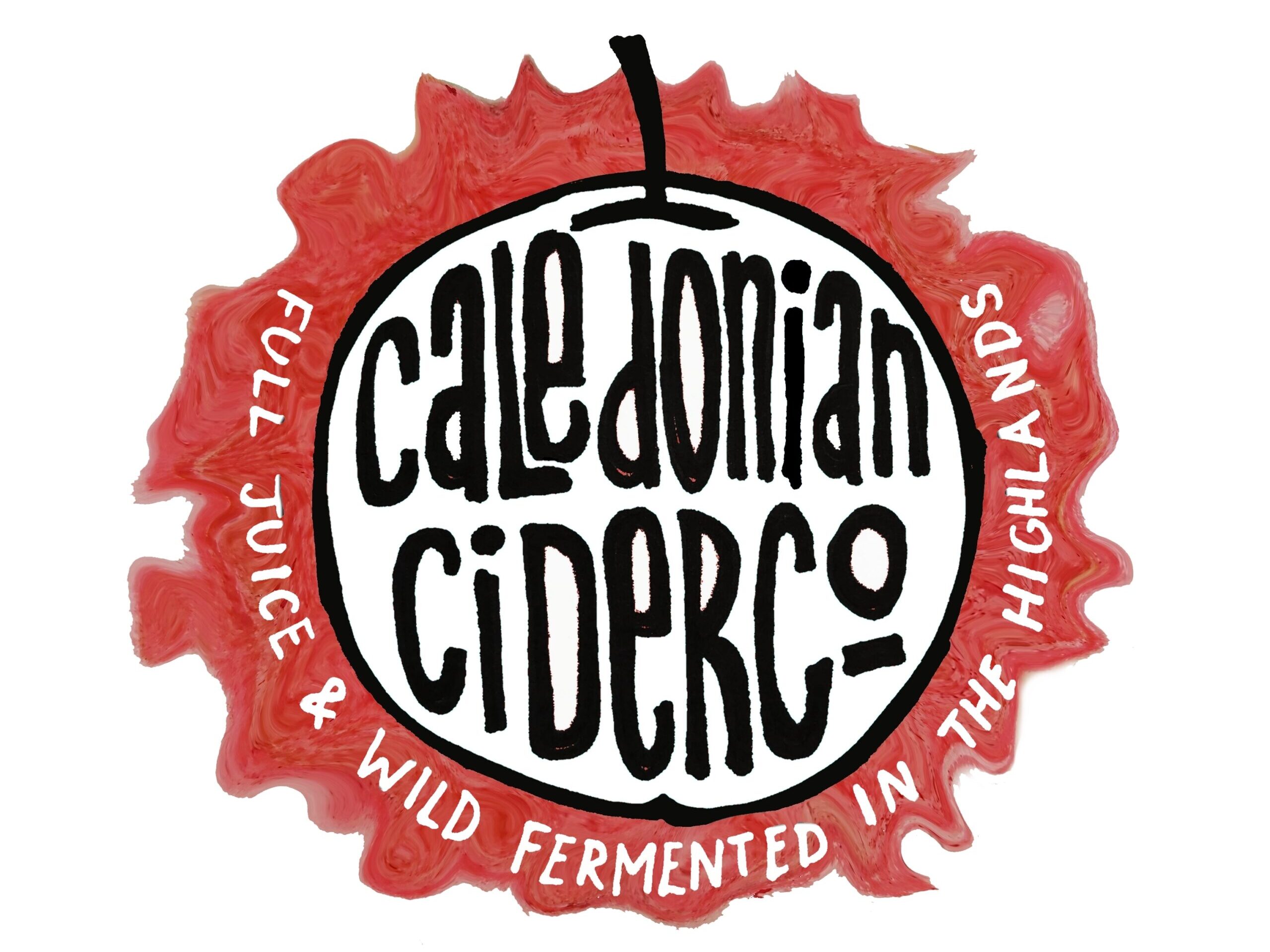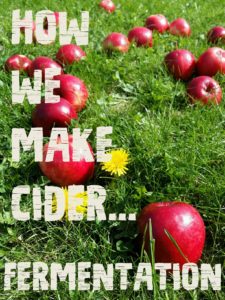Once you’ve got the juice from the apples then next thing to do is ferment it into cider. Fermentation is quite simply the conversion of sugar into alcohol by yeast.
Sugar (with yeast) = Alcohol + Carbon Dioxide
This step is probably the most widely discussed stage in cider making and as always there are many ways of going about it.
So before we get to talking about yeast there’s a step we do for some of our cider that sits in between pressing and fermentation and it’s called keeving. So if you remember in the post on pressing (here) I mentioned that during maceration we’re aiming to get the pectin from the cell walls into the juice. The reason for this is that pectin tends in the right conditions to form a gel (kind of like jam) and as the fermentation starts the tiny carbon dioxide bubbles formed (see above) get trapped in that gel which makes it float to the top of the juice. This floating gel does a couple of handy things for us, it helps clear the juice and it also traps nutrients that the yeasts use to grow. Then we pump the clearer juice from under the gel into another barrel ready to ferment into cider. We want to remove a portion of the nutrients so that the yeasts don’t consume all the sugar in the juice, leaving us with a naturally sweeter cider.
Lots of cider makers, similar to brewers or wine makers will add a specific strain of yeast to carry out their fermentation. The idea here is to get consistency from batch to batch, consistency of both flavour and fermentation time (some large scale cider makers complete the whole fermentation in just 7 days, we’re considerably slower than that). Many excellent ciders are made using commercial yeasts but we choose to do It a slightly different way. We don’t add any yeast, instead we rely on the natural yeasts which are already present on the apples in the orchards. We do this for a couple of reasons. Firstly, we believe the depth of flavour and complexity achieved from a “wild” or natural fermentation to be greater. Secondly, commercial yeast strains have specific temperatures that they like to work in and out with these parameters they tend to get stressed and create off flavours. We don’t have any form of temperature control in the cider shed so we ferment entirely at ambient temperature, which for us up in the Highlands tends to be much lower than commercial yeast can handle. It’s not uncommon for our juice to freeze several times during its fermentation with temperatures rarely exceeding 5 or 6 degrees, to attempt to use a commercial yeast strain in these conditions would be folly. Plus, on a slightly more philosophical level, we’re trying to make a purely Highland cider and to truly do that I think you need to not only be using local fruit, but also local yeasts at local temperatures. It would be needlessly difficult, not to mention expensive for us to make a cider like Strongbow or Thatchers Gold for example.
Another fermentation choice is what sort of container you’re going to use. There’s lots of options ranging from earthenware amphora or glass to plastic or stainless steel. For us the option that makes most sense is oak in the form of ex whisky casks (we are in the Highlands after all so for us they are both local and plentiful). Fermenting and maturing in oak barrels is about as traditional as it gets when it comes to cider making but it’s not without its drawbacks, the main one being they can be a real pain to clean and also the cider within is constantly changing. On the plus side the barrels themselves can impart some flavour and they’re also a great place for those wild yeasts to hang out from season to season with each cask eventually building up its own “personality”.
Due to these fermentation choices (in our case; keeving, wild yeasts, low temperatures and ex whisky casks) it takes a long time to turn our juice into cider, about 5 months in fact! But for me I don’t think we could do it any other way and honestly say we were making a cider that truly reflects our local environment, our terroir if you like.
Cheers,
Ryan

